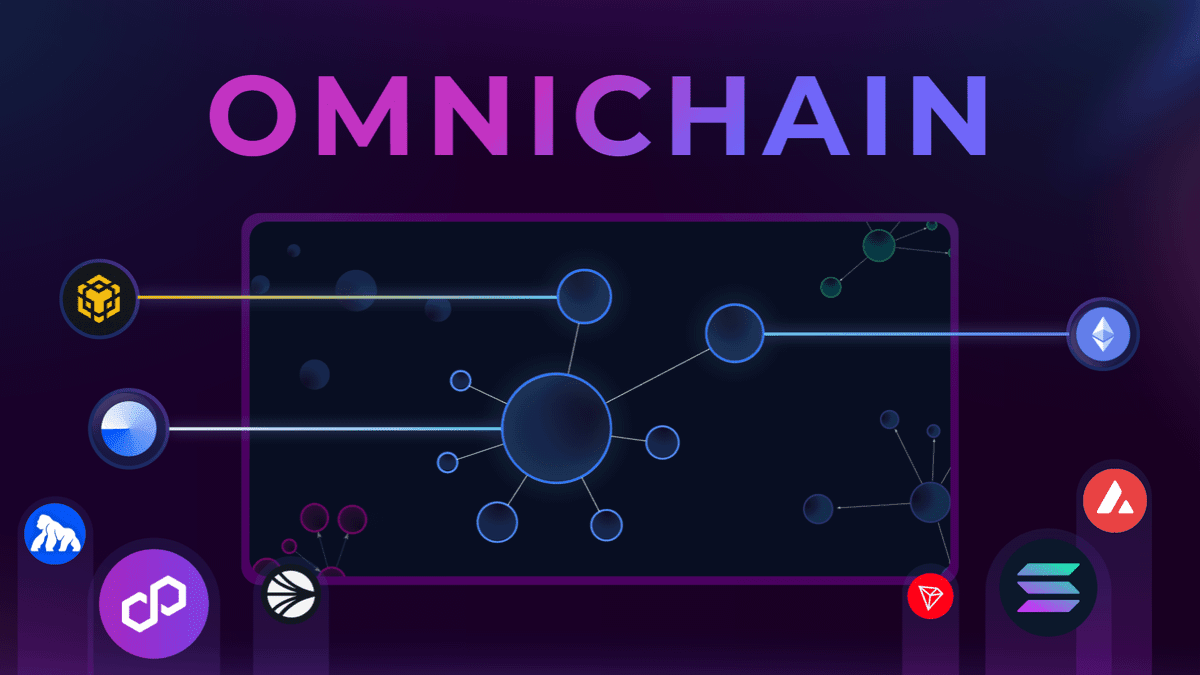On-chain research has long remained in the stage of 'free content and scattered insights', lacking value capture, with frequent plagiarism and abuse, making it difficult for professional researchers and data engineers to establish sustainable income. Bubblemaps' advantage lies in condensing complex phenomena into explainable graphs through a 'cluster - connection - time series' approach, while Intel Desk provides incentives and governance frameworks.$BMT To make InfoFi a new category, the key is to standardize 'intelligence' into transferable, stakable, and settleable asset units.
The first step is to modularize research output. Traditional long-form reports are not easily reusable, while graph insights can be broken down into 'evidence fragments': the same-source funds of a certain address group, the strong correlation of two cross-chain transfers, and the abnormal market-making intensity of a certain time window. Each fragment corresponds to a verifiable trajectory and metadata in Bubblemaps, and researchers package fragments into Evidence NFTs, priced in BMT for sale or authorization to market makers, funds, and auditing institutions. Callers do not purchase 'opinions', but rather 'evidence modules that can be plugged into strategies'; once evidence is negated by on-chain facts, it can trigger automatic refunds or claims, forming a results-oriented consideration model.
The second step is to bind the reputation of the research with risk. Intel Desk provides researchers with a three-stage game of staking - challenge - adjudication: evidence submission requires staking BMT, other researchers can initiate challenges and provide counter-evidence, and community arbitration contracts determine the outcome based on on-chain facts and timestamps. The winner receives part of the opponent's stake and platform rewards, while the loser is penalized and loses reputation points; the platform maintains a composable Analyst DID, aggregating dimensions such as research accuracy, response speed, and coverage track, forming a talent profile that is 'insurable and can be layered priced'. When funding parties call for research services, they can directly filter DID and allocate fees and profit sharing weighted by reputation coefficients.
The third step is to make research 'reach the settlement layer'. Many intelligence products stop at the cognitive level and cannot change transaction outcomes. Bubblemaps' graph API can directly connect to DEX routing, market-making bots, and risk control engines: once evidence fragments are subscribed, corresponding risk control templates are triggered (such as raising slippage, limiting single transaction amounts, shortening quotation validity), and the resulting risk savings are shared with the evidence holder. This is equivalent to outsourcing 'alpha attribution' to intelligence providers, forming a cash flow-aligned relationship between researchers and traders. Research is no longer 'selling reports', but rather 'selling executable yield enhancement'.
In terms of industry extension, Bubblemaps can also connect InfoFi with decentralized insurance/reinsurance. Underwriters need to price 'protocol risk', 'concentration risk', and 'governance voting risk', which can be provided with explainable metrics by the graph. Insurance contract subscriptions specify graph factors (such as the correlation coefficients of the top ten positions, bridge dependency, market-making hot and cold wallet coupling strength, etc.), and when metrics exceed thresholds, premiums are automatically adjusted or reinsurance sharing is triggered. The evidence fragments from researchers become external inputs for risk pricing, and their accuracy directly affects the compensation experience and capital efficiency, allowing them to receive stable 'premium profit sharing'. This path is not yet mature, but it possesses high relevance and a clear revenue loop.
The value on the compliance/audit side can also be financialized. Exchanges and launchpads need to complete due diligence before listing tokens, often outsourcing to fixed auditors, which is costly and slow to update. Bubblemaps can introduce a continuous due diligence flow: subscribing to graph indicators and evidence fragments and paying based on changes. If the concentration and suspicious connections of a project remain stable within a month, the fee approaches zero; if significant structural changes occur, the circulating fees will be settled to contributing researchers based on 'information increment'. Here, the pricing unit is no longer 'report page count', but the entropy of structural changes, encouraging research to focus energy on truly important turning points.
$BMT The role of BMT in the above system is not only as a payment and staking tool but also as a measurement unit for governance and distribution: used for arbitration incentives, time locks for evidence copyrights (to prevent premature disclosure), and revenue sharing for cross-institution collaboration. As evidence fragments circulate between different strategies and insurance contracts, the network effect of BMT settlement will accelerate accumulation, and Intel Desk maintains ecological health through 'arbitration - review - blacklist'.
When intelligence becomes a settleable asset, the career path of researchers will be rewritten: individual analysts and small research DAOs are no longer dependent on large institutions, and can obtain stable income through 'precise evidence + automated settlement'. Bubblemaps turns visualization into a reconstructive force of production relations—allowing data insights to cross the boundaries of 'content' and enter the three-dimensional space of 'assets - cash flow - governance'. This is not about 'making charts look better', but about transforming information into programmable capital that can participate in market games and risk pricing.
